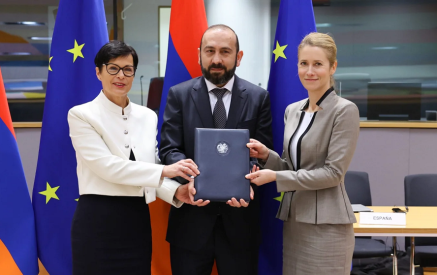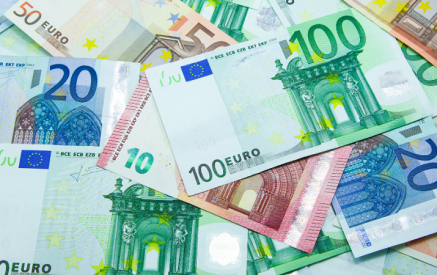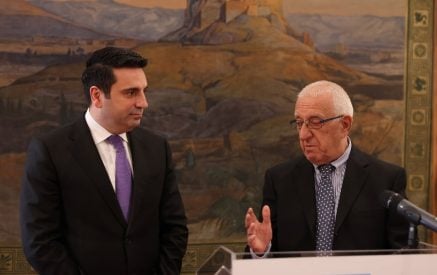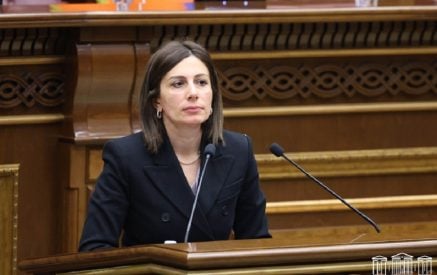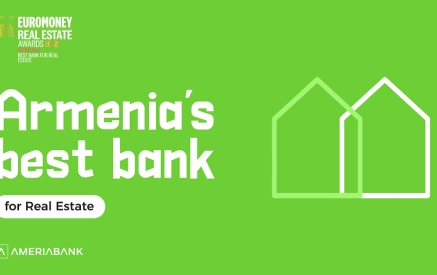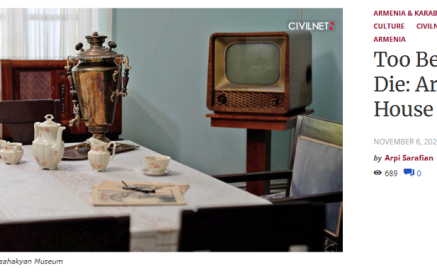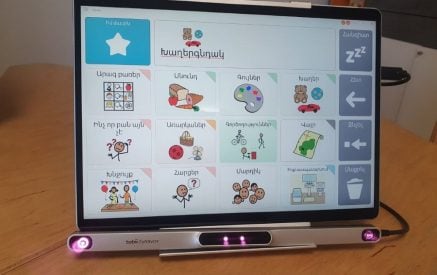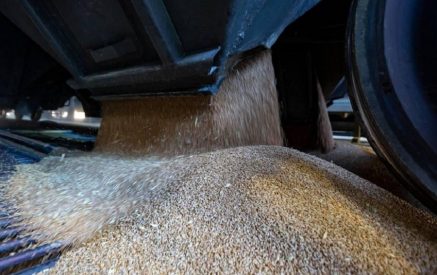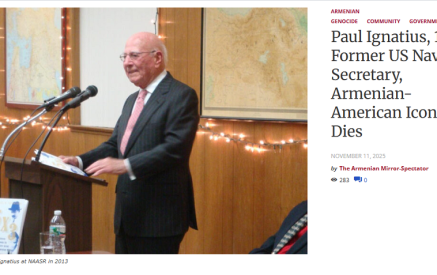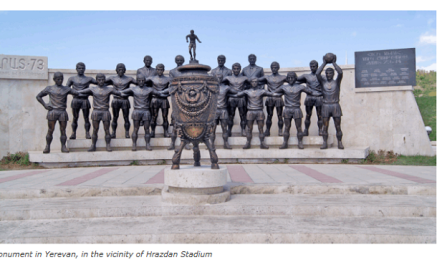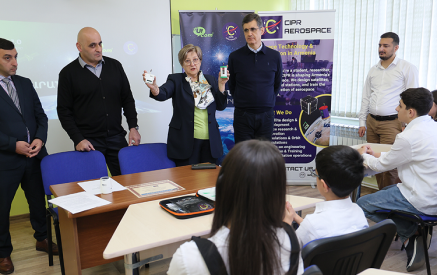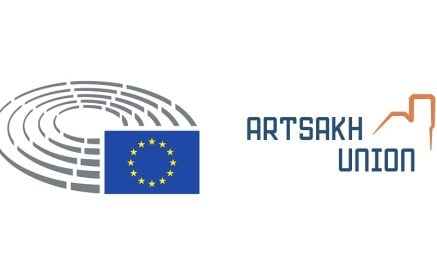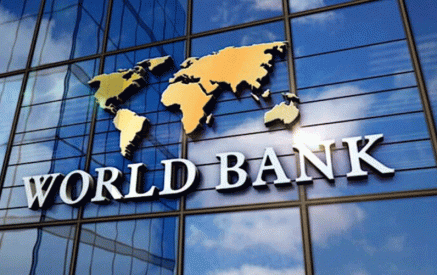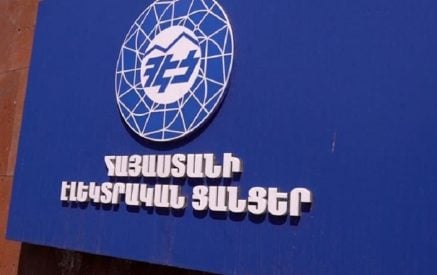Economic growth increased 5.4 percent (yoy) in April.
On the demand side, growth in April was mostly driven by private consumption.
Net non-commercial money transfer inflows grew 33 percent (yoy) in April.
Inflation continued to exceed the 3 percent target, reaching 4.3 percent in May.
Contraction in both exports and imports continued in April.
Commercial bank deposits and credit kept growing in double digits.
The budget remained in surplus through April.
Economic activity grew 5.4 percent (yoy) in April, up from 3.7 percent (yoy) in March (Figure 1). Cumulatively over the January-April period, growth reached 4.4 percent (yoy). Greater economic activity in April, compared with March, came on the back of faster construction growth (up 18 percent, yoy) and lower contraction in industry (down 8.7 percent, yoy). This was driven by higher growth in electricity and energy production and less slowdown in manufacturing (down 16 percent, yoy, in April, compared with 26 percent, yoy, in March). Mining grew 4 percent (yoy). In terms of services, trade and non-trade services increased 3.2 percent (yoy) and 5.6 percent (yoy), respectively, almost half the growth recorded in March (10.1 percent, yoy). Monthly business registrations fell 7.1 percent (yoy), driven by a 10.4 percent (yoy) drop in individual entrepreneur registrations.
On the demand side, growth in Q1 2025 was driven mostly by private consumption (up 15.3 percent, yoy). Gross capital formation grew 7 percent (yoy), a small contribution to growth, with net exports contributing negatively.
Net non-commercial money transfers continued its double-digit growth in April (up 33 percent, yoy). This was due to a 51 percent (yoy) spike in net inflows from Russia and a 26.4 percent (yoy) rise from the United States (Figure 2).
Read also
In May, inflation rose to 4.3 percent, up from 3.2 percent in April, exceeding the target of 3 percent (Figure 3). Inflation was mostly driven by food and non-alcoholic beverages (up 7.4 percent, yoy). Increased vegetable prices contributed the most to food inflation; this was largely driven by increases in domestic agricultural products. Inflation in health (up 3.4 percent), transport (up 4.2 percent), and alcoholic beverages (up 5.8 percent) also contributed to higher consumer prices. Education had the highest inflation (up 7.8 percent, yoy); clothing and footwear, the greatest deflation (down 1.5 percent, yoy).
In April, both exports and imports continued to fall, due to the unwinding of the temporary surge in re-exports (Figure 4). Exports and imports fell 57.3 percent (yoy) and 43.8 percent (yoy), respectively, as re-exports of precious and semi-precious stones continued to decline sharply. Diamond and gold exports fell 85 percent (yoy) and 74.2 percent (yoy), respectively. Among traditional exports, ready food products (up 33 percent) and footwear (up five-fold) were the greatest contributors to export growth. Excluding trade in precious metals and stones, the main re-export items in 2024, total exports and imports grew by 5 percent (yoy) and 9 percent (yoy), respectively. Cumulatively, over the January-April period, exports and imports fell 60.4 percent (yoy) and 46.5 percent (yoy), respectively, with the trade deficit widening 31.1 percent (yoy), to USD 1.4 billion. In this period, the share of exports to Russia declined to 35.1 percent, compared with 44.1 percent over January-April 2024. The United Arab Emirates’s share also declined, to 11.6 percent, while that of the EU and China increased to 11.6 percent and 12.2 percent, respectively.
In May, the AMD appreciated against the USD and the EUR, and depreciated against the RUB. The AMD appreciated 1.5 percent (mom) against the USD and 1.8 percent (mom) against the EUR. In contrast, the AMD depreciated 1.6 percent against the RUB.
In April, commercial bank deposits and credit grew 1.5 percent (mom) and 0.8 percent (mom), respectively, marginally improving the loan/ deposit ratio. Deposit growth was driven by FX-denominated funds, whereas credit growth was AMD-credit driven. Exchange-rate-adjusted annual growth was 15.1 percent (yoy) in total deposits and 28.4 percent (yoy) in credit (Figure 5). In May, financial indicators remained sound, with a 20 percent capital adequacy ratio (CAR), low non-performing loans (NPLs) (1.5 percent), and a 3.4 percent return on assets ratio.
The budget remained in surplus through April, despite a projected deficit. Tax revenues (including mortgage-related income tax) grew 16.5 percent (yoy) in nominal terms in April. This was mostly driven by profit tax (up 16.4 percent, yoy) and VAT (up 33.5 percent, yoy) collection. Total expenditure grew 21.9 percent (yoy), driven by a 15.1 percent (yoy) increase in current expenditure, with higher interest payments (up 16.6 percent, yoy) and social spending (up 15.7 percent, yoy). Capital expenditure more than doubled (yoy), mostly driven by defense spending. April saw a GDP surplus of 0.4 percent, bringing the cumulative surplus over the January-April period to 0.6 percent of GDP, compared with a projected deficit of 2.4 percent of GDP. The gap is driven by overperformance in revenue and underperformance in capital expenditure (ytd).
Figure 1. Economic activity increased 5.4 percent (yoy) in April 2025
Figure 2. Net non-commercial money transfers continued to expand
(Armenia Economic Activity Index, yoy change, %) (USD thousand)
Source: Statistical Committee of Republic of Armenia Source: CBA
Figure 3. Annual inflation reached 4.3 percent in May 2025
Figure4. Re-exports of precious stones continued to fall
(CPI inflation, yoy change, %) (USD billion)
Source: CBA
Source: Statistical Committee of Republic of Armenia
Figure 5. Bank deposits and credit continued double-digit growth
Figure 6. The budget recorded a surplus for January-April 2025
(%, yoy, exchange rate adjusted) (AMD billion)
Source: CBA
Source: Ministry of Finance
World Bank Yerevan Office







